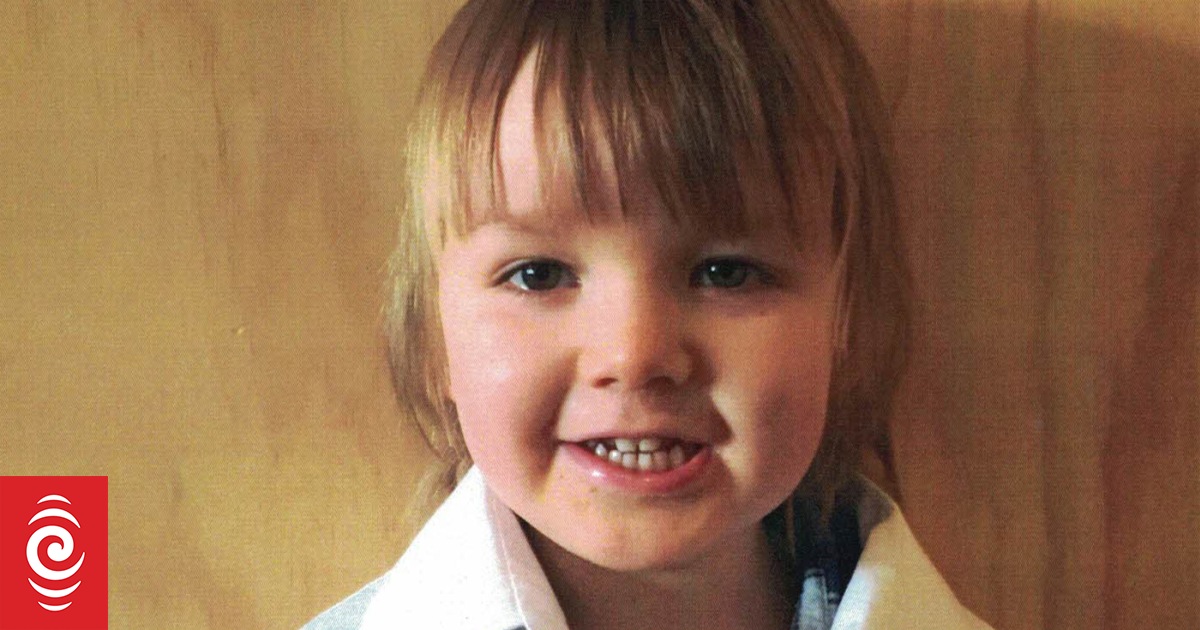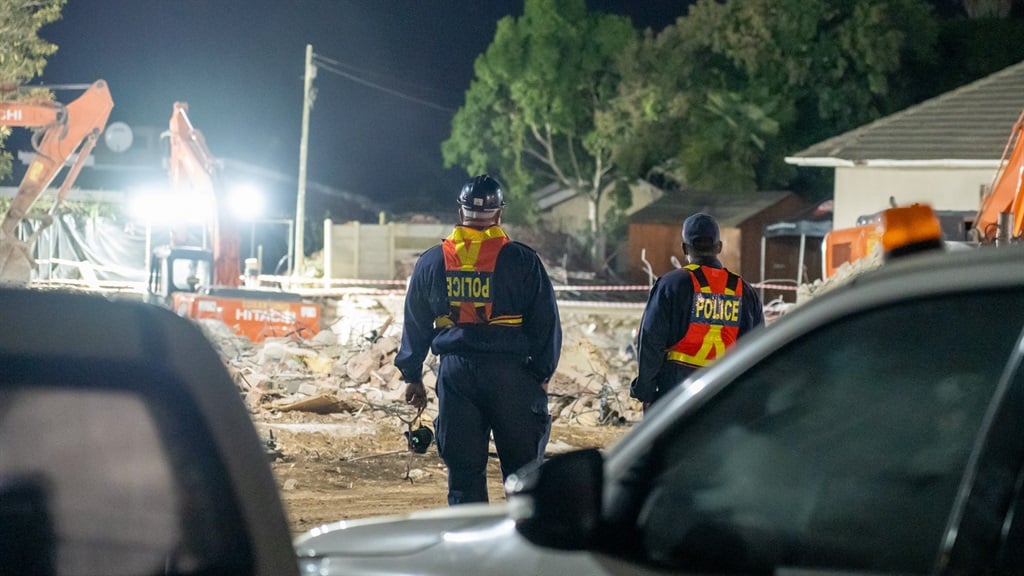Lachlan Jones.
Photo: Supplied via NZ Herald
This story contains some detail of post mortem procedures.
The pathologist who determined Gore child Lachlan Jones died from drowning says he did not routinely perform autopsies on children, but he stands by his conclusion.
The three-year-old was found dead in a council sewage pond just over a kilometre from his mother’s home in January 2019.
Two police investigations found Lachlan accidentally drowned, but his father, Paul Jones, disagrees – and opposed an autopsy.
The inquest has entered its third week in Invercargill, which has already heard allegations of body dumping, fake alibis, a botched investigation and neglect.
The pathologist – who has name suppression – told the inquest that he was reluctant to perform Lachlan’s autopsy.
Southland was not set up to autopsy children and he was a general pathologist. It should have been done by a specialist forensic pathologist, he said.
But the alternative would delay his return to his family or mean it might not get done, he said.
The pathologist told the inquest that he found nothing suspicious or surprising during his autopsy – including no external trauma – and he stood by his conclusion.
He did not agree with the two forensic pathologists who said that drowning could not safely be concluded.
“The cause of death still would be drowning unless someone can find an alternative diagnosis,” the pathologist said.
“The diagnosis of death by drowning is a diagnosis essentially of exclusion. So in other words, they’re saying that something is wrong with the police investigation or it was something else or with the autopsy … that there’s some other reason for the cause of death.”
The report he received before the autopsy noted Lachlan’s death was not suspicious.
He was not aware there were concerns about his death or that a more thorough forensic autopsy had been initially requested before being withdrawn, he said.
The coroner’s counsel, Simon Mount KC, asked whether he would accept that it was an unnatural death in unusual circumstances.
“It’s an unnatural death, but I didn’t think the circumstances were that unusual. I was told it was a routine drowning.”
He was questioned about the weight of Lachlan’s lungs, which did not appear water logged. The pathologist said drowning was a diagnosis of exclusion and that did not rule out drowning.
During cross examination, he said he would have done things differently including better recording, using a child, not adult autopsy report – which he did not have, and performed more examinations.
Mount pressed him further about their pathologist’s concerns during cross examination, saying a forensic pathologist did not believe his autopsy had adequately excluded inflicted injury.
He thought he had done and he saw no evidence of other involvement in his death, he said.
He would have asked for a more thorough forensic autopsy if he found anything he was surprised about, the pathologist said.
There were different types of post mortems – the most thorough was a forensic, followed by a full – a full external and internal examination – and then a lesser, he said.
He was initially directed to conduct a full post mortem.
He told Mount that he had a conversation about whether the head should be opened or not.
The pathologist agreed that their conversation amounted to a direction to not open his head and therefore conduct a lesser post mortem, but he did not have a record of it and in retrospect, it would be better to record everything.
Lachlan’s half-brother has been accused of putting his body in a freezer hours before he was found dead at the sewage pond.
The police lawyer, Robin Bates, asked the pathologist whether Lachlan showed any signs of being in a freezer.
He saw no signs of a freezer’s impact on his organs or the tissue, the pathologist said.
“If he has been in the freezer for any length of time you would see it. It would be quite easy.”
Lachlan’s body went to two funeral homes before being taken for the post mortem.
Bates asked whether evidence could have been impacted before his body arrived for the autopsy.
The pathologist said evidence – including white foam – might have been destroyed then or during attempts to resuscitate him.





















Discussion about this post